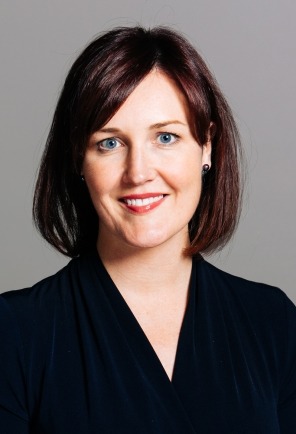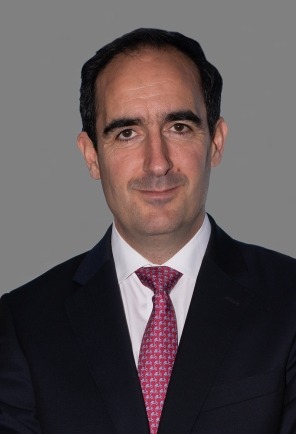Capitalizing on the Quick Commerce Opportunity: Challenges in the Path Towards Profitability
The rise of work from home and customers’ growing focus on convenience created the perfect conditions for quick commerce to flourish in the past two years. The new, faster form of e-commerce where companies deliver groceries in fewer than 20 minutes has attracted €6 billion in funding in Europe last year.
Quick commerce companies are now pursuing an aggressive expansion strategy aimed at capturing most of the market and becoming profitable at scale – the so-called first-mover advantage. This includes opening dark stores in smaller cities and investing heavily in client acquisition via advertising.
However, the current model of client acquisition and dark store deployment demands significant capital requirements, which has been poured into the sector via venture capital and other sources. This is unlikely to be sustained because the route to self-generating cash and a profit-making operating model is uncertain.
A successful approach will require competitors to tackle strategic challenges that go beyond cash funding, implementing actions and unique selling propositions such as:
- Increasing basket size with higher-margin items such as snacks and hygiene and beauty products.
- Utilizing delivery charges as revenue streams for example premium delivery charges that could be deployed at primetimes such as Saturday evenings.
- Increasing order picking rates to fully saturate dark stores’ capacity.
- Creating loyalty with customer experience.
- Achieving competitive purchasing and efficient logistics via partnerships.
A&M has worked with some of the largest European and global retailers to stabilise financial performance, transform operations, catapult growth and accelerate results through decisive action. Find out more about how we can help by clicking download below.





